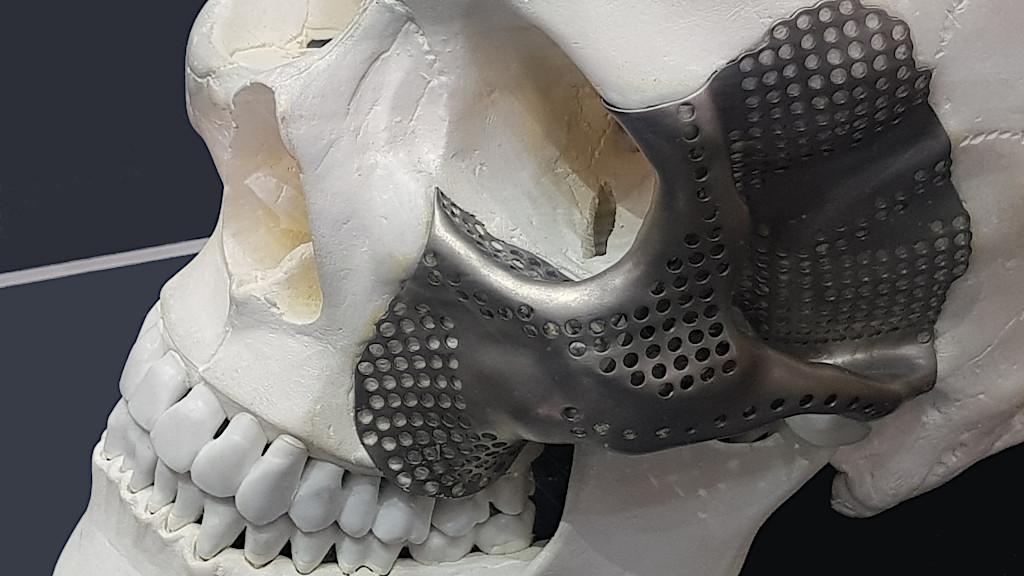
The Revolutionary Impact of 3D Printing in Medical Applications
Share
Introduction:
3D printing has revolutionized the medical field, offering unprecedented precision and customization in creating medical devices, implants, and anatomical models. This innovative technology is transforming healthcare, providing tailored solutions that significantly improve patient outcomes.Applications:
1. Customized Implants:• Surgeons can now create implants perfectly tailored to a patient’s anatomy, reducing complications and enhancing recovery.
2. Anatomical Models:
• Highly accurate models for preoperative planning and medical training, improving surgical precision and educational outcomes.
3. Prosthetics:
• Custom prosthetic limbs tailored to the patient’s needs, enhancing mobility and comfort for amputees.
4. Dental Applications:
• Precise creation of dental crowns, bridges, and orthodontic devices, improving dental treatment efficiency and patient comfort.
5. Pharmaceuticals:
• Exploring personalized medications with specific dosages and release profiles, optimizing drug delivery and patient adherence.
Benefits:
• Enhanced Patient Outcomes:
• Precision and customization lead to improved treatment efficacy and reduced complications.
• Minimally invasive interventions enhance patient comfort and recovery.
• Cost-Effective Solutions:
• Despite initial setup costs, long-term savings from reduced surgery times, fewer post-operative complications, and faster production response times.
• Innovation and Advancements:
• Continuous exploration of new applications drives constant advancements, benefiting patients through cutting-edge medical solutions.
Challenges:
• Regulatory Compliance:
• Navigating the complex regulatory landscape to ensure safety and quality standards for 3D-printed medical devices and implants.
• Material Compatibility:
• Selecting biocompatible materials that do not trigger adverse reactions or tissue rejection is crucial.
• Quality Control:
• Maintaining stringent quality control standards to prevent defects and inconsistencies in 3D-printed medical products.
• Intellectual Property:
• Protecting proprietary designs and preventing unauthorized replication or distribution.
Case Studies:
1. Patient-Specific Implants:
• Custom mandibular implants for severe jaw deformities, reducing surgery time and risk, and improving recovery.
2. Prosthetic Limbs for Children:
• Low-cost, customizable prosthetic limbs that adjust as children grow, enhancing mobility and boosting self-confidence.
3. Complex Cardiac Surgery:
• 3D-printed heart models for preoperative planning in complex surgeries, minimizing risks and ensuring optimal outcomes.
Conclusion:
3D printing in medical applications is a game-changer, offering tailored solutions that significantly improve patient care. While challenges remain, the continuous advancements and benefits of this technology promise a future where medical treatments are more precise, effective, and accessible.
Note:
Currently, Technast does not offer metal SLS printing due to its high cost, but we are exploring options for future inclusion. Your purchases could make this advanced technology a reality for us!
